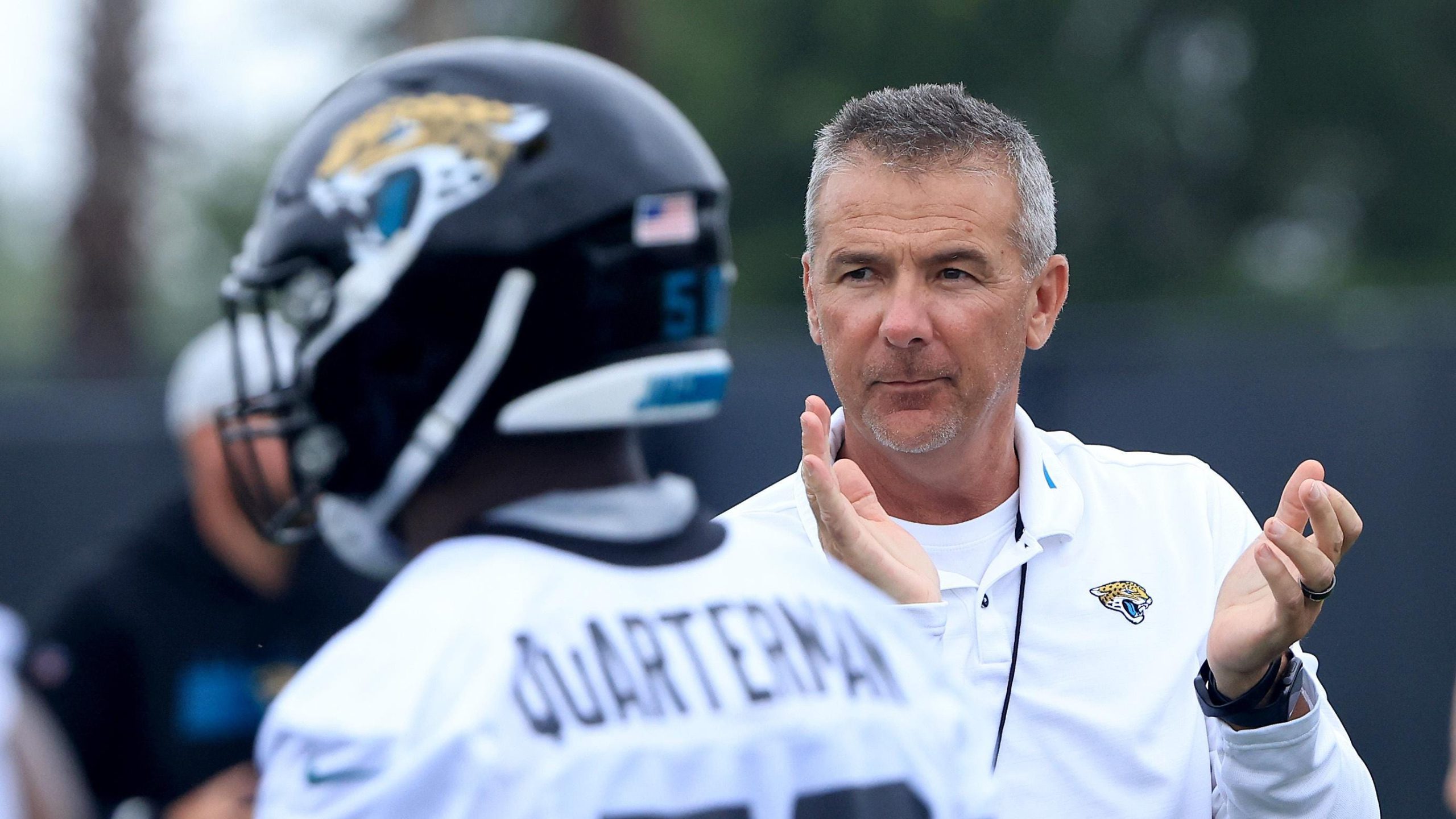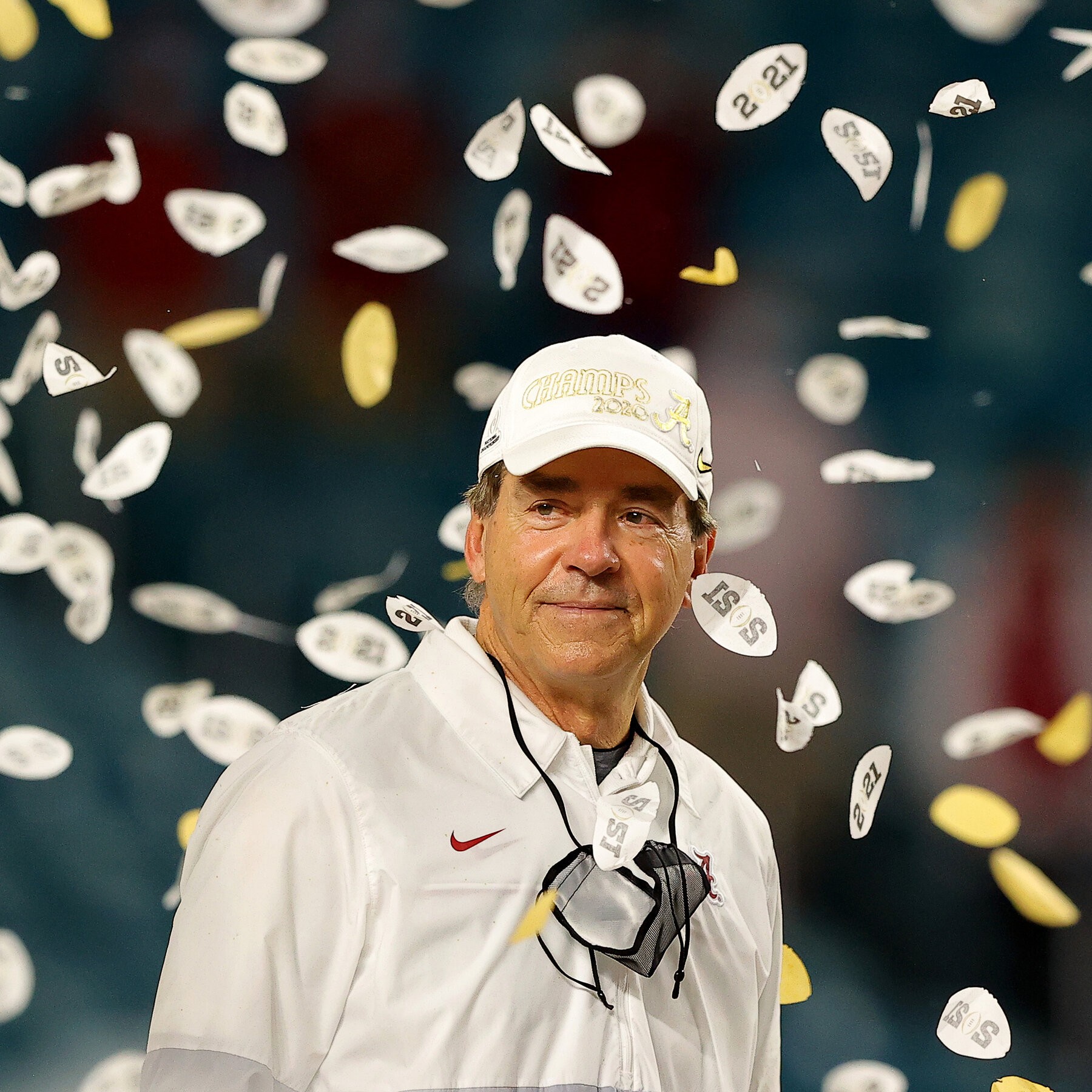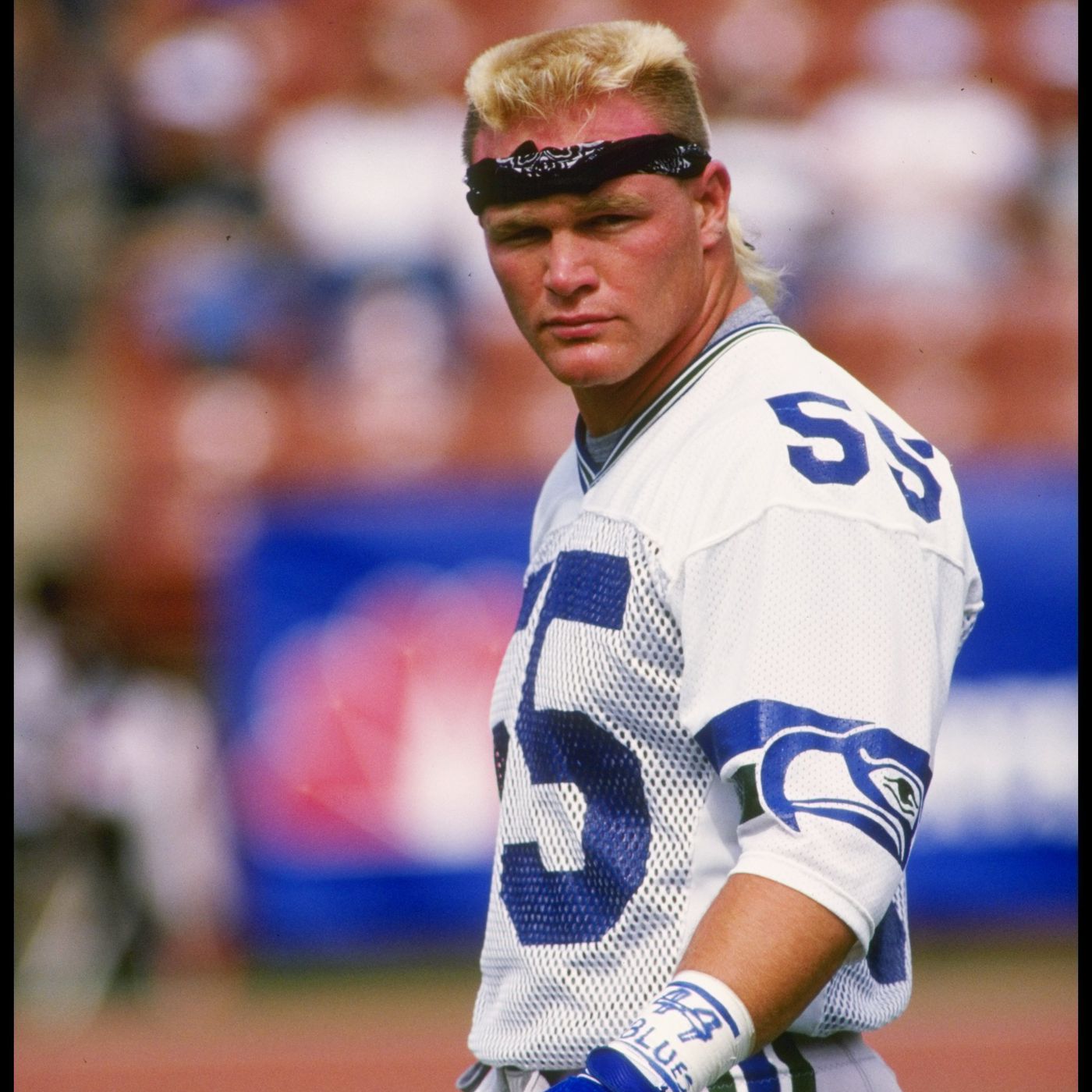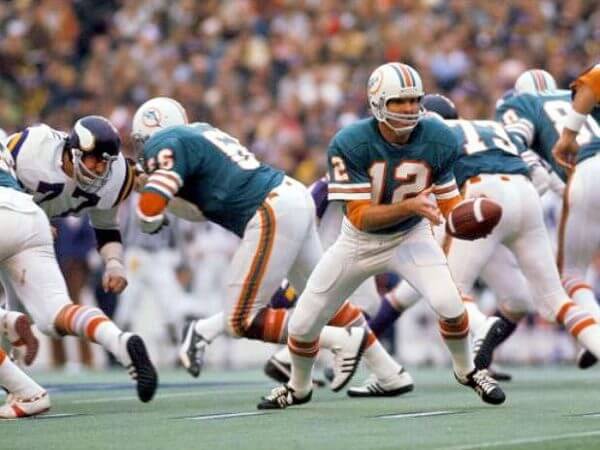Along with Pop Warner and Nick Saban, Urban Meyer is one of three coaches to win the major college national football championship at two different universities.
Meyer has the highest winning percentage of any coach in major college football history. In 15 seasons as a head coach, Meyer has gone 165-29 and won ten of 13 bowl games. He has averaged 11 wins per season and has won more than 85 percent of his games. Among coaches who have won more than 110 college games, Meyer’s .861 winning percentage is the best ever. He is ahead of coaches with names like Bear, Bo, Woody and Osborn, and has a far higher win percentage than Alabama’s Saban [.770]. Only the legendary Larry Kehres, who coached 27 years at Division III Mount Union College, is ahead of Meyer, with an astounding win percentage of .929.
With an incredible ability to build programs on the fly, Meyer’s track record of quick turnarounds is amazing. In 2003, he took over a 5-6 Utah team and had it 12-0 and in the Fiesta Bowl two years later. Florida went 7-5 the season before Meyer arrived. In his second season in Gainesville, Meyer delivered the Gators a national championship, then won another two years later. After going 6-6 while posting a losing conference record in 2011, Ohio State needed a turnaround specialist. Having gone 104-23 in ten seasons at three different schools, the Buckeyes tapped Meyer, inking him to a seven-year, $ 40 million deal. In five seasons in Columbus, Meyer has posted a staggering win percentage of .910 and, with Saban, has established himself as arguably the greatest college football coach of all time.
Born in Toledo on this date in 1964, Urban Frank Meyer III grew up in Ashtabula, along the banks of Lake Erie in northeastern-most Ohio. An excellent athlete, he was a football and baseball standout at Saint John High School. A hard-hitting shortstop, the 18-year-old Meyer was selected in the 13th round of the 1982 Major League Baseball Draft by the Atlanta Braves, who had chosen Randy Johnson nine rounds earlier [Johnson chose not to sign]. “I remember being wide-eyed and young and not knowing a lot back then,” recalled Mark Lemke, who came up through the Braves’ minor league system before playing in four World Series in ten seasons with Atlanta, “but I think we all thought Urban, more than any of us, would be in the big leagues someday.” An inability to hit the breaking ball, coupled with an arm injury, ended Meyer’s baseball career after two seasons in the Appalachian League.
Concurrent with his summer baseball career in the Braves organization, Meyer was a student at the University of Cincinnati, where he played defensive back for the Bearcats. In the fall of his senior year, he coached at Cincinnati’s St. Xavier High School, an Ohio prep powerhouse. In 1986, Meyer graduated UC with a degree in psychology. He served as a graduate assistant under Earle Bruce at Ohio State for two seasons before making stops at Illinois State and Colorado State. Meyer coached wide receivers under Lou Holtz at Notre Dame before landing his first head coaching job at Bowling Green in 2001. BGSU was 2-9 the season before Meyer took the reins in Bowling Green. In his first season, the Falcons went 8-3 and the 37-year-old Meyer was named Mid-American Conference Coach of the Year. After going 9-3 the following season, he was named head coach at Utah.
The college football world took notice of Urban Meyer upon his arrival at the University of Utah in 2003. The Utes had little football tradition and were an also-ran in the lightly-regarded Mountain West Conference. In his first year in Salt Lake City, Meyer led the Utes to a 10-2 record and a win over Southern Miss in the Liberty Bowl to finish the season ranked 21st in the nation. Running Meyer’s spread option scheme, Utah went undefeated in 2004. The original “BCS Buster,” the Utes were the first non-BCS teams to earn an invitation to one of the five season-ending bowl game match-ups designed to identify college football’s national champion. After finishing the season with a perfect record, sixth-ranked Utah faced Pitt in the Fiesta Bowl, where they dismantled the Panthers, 35-7, before more than 73,000 stunned patrons at Sun Devil Stadium in Tempe. In two seasons at Utah – Utah! – Urban Meyer went 22-2 and put Utes football on the map. In 2011, the University of Utah joined the Pac-12 Conference. Current Utah head coach Kyle Whittingham served as Meyer’s defensive coordinator and has led the Utes to victories in ten of their last 11 bowl games.
In a dozen seasons under Steve Spurrier, the University of Florida had gone 122-27-1, with five SEC titles and the 1996 national championship. When Spurrier bolted for the NFL, he was replaced by Ron Zook, who went 23-15 with three straight bowl losses. Seeking a return to glory, Florida hired Meyer, who delivered. In six seasons in Gainesville, Meyer led the Gators to two national titles, posted three 13-1 seasons, and took UF to a bowl game every year, going 5-1 in the postseason.
In December 2009, suffering from chest pains and dehydration, Meyer was admitted to a Gainesville hospital following his team’s loss in the 2009 SEC Championship Game. After being advised by doctors that his condition was stress-related, he announced his resignation. Less than a month later, he coached the Gators to a 51-24 victory over Cincinnati in the Sugar Bowl. Amid ongoing reports of health concerns, Meyer permanently resigned as Florida head coach following the 2010 season.
There are many dreaded phrases in sport. One is an owner or general manager’s “vote of confidence” in his coach, which is the kiss of death to his tenure. Another is when a team dismisses a player or coach because they have “decided to head in a different direction.” Perhaps the worst is when an athlete or coach steps aside in order to “spend more time with my family.” Michael Jordan said it before leaving the NBA for baseball. Urban Meyer made the comment months before taking a job traveling the country as a game analyst for ESPN. The “haitus” lasted one season.
Ohio State had gone 3-5 in the Big Ten and lost to archrival Michigan in 2011. The once-proud Buckeyes were in disarray, as Jim Tressel had been forced out amid a tattoo-parlor scandal involving star quarterback Terrelle Pryor. OSU hired Meyer to take over their moribund program, prompting Saban to say, “I think it’s a wonderful opportunity and I think he’ll do a great job.” Meyer went 12-0 in his first year in Columbus and won the first of five straight Big Ten titles. Two seasons later, he led the Buckeyes to the eighth national championship in school history. Since undergoing “Urban Renewal” five years ago, Ohio State has gone a remarkable 61-6. Ohio State won the 2014 national championship behind a third-string quarterback. Last season, the Bucks returned only six starters after losing a dozen players to the NFL draft, then went 11-1 and claimed a berth in the college football playoff.
Now 53, Mr. Meyer this fall begins his sixth campaign in Columbus and 16th overall season as a head college football coach. Several of his former assistants have gone on to head up major college programs, including Charlie Strong, Dan Mullen and Tom Herman.









